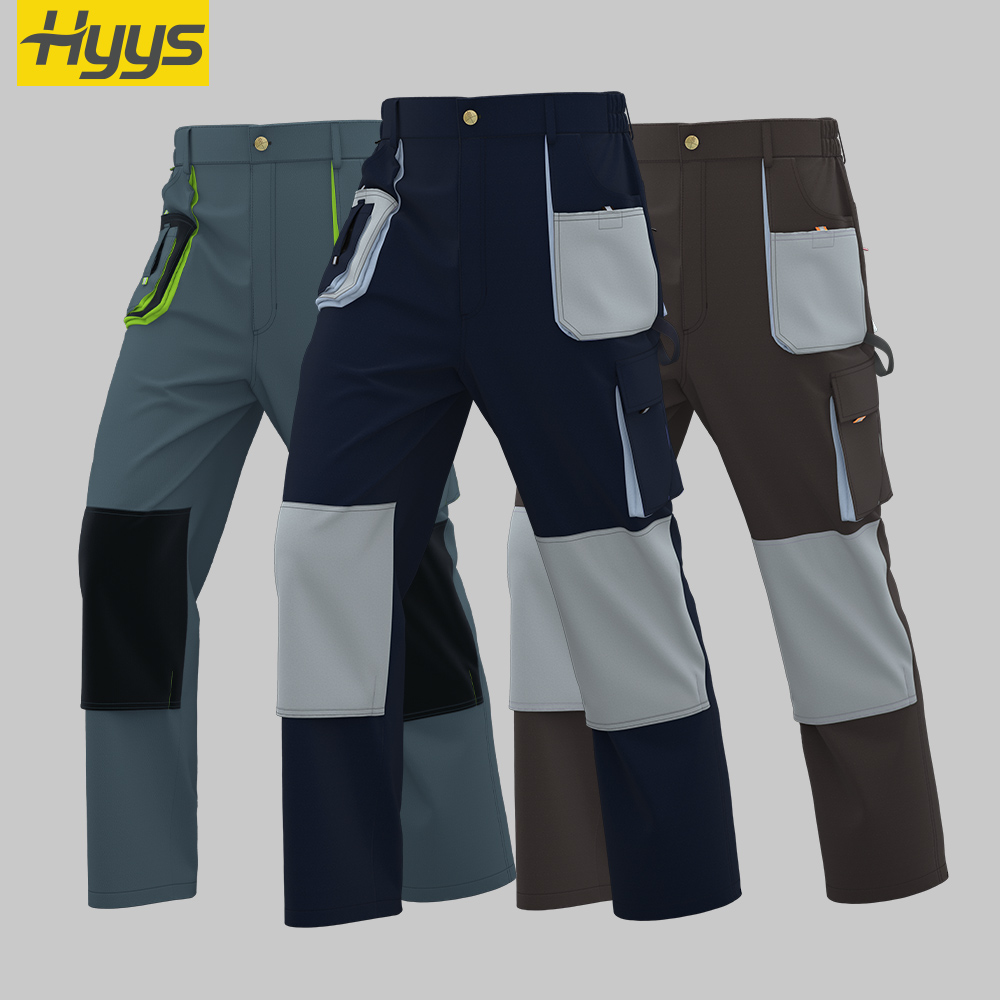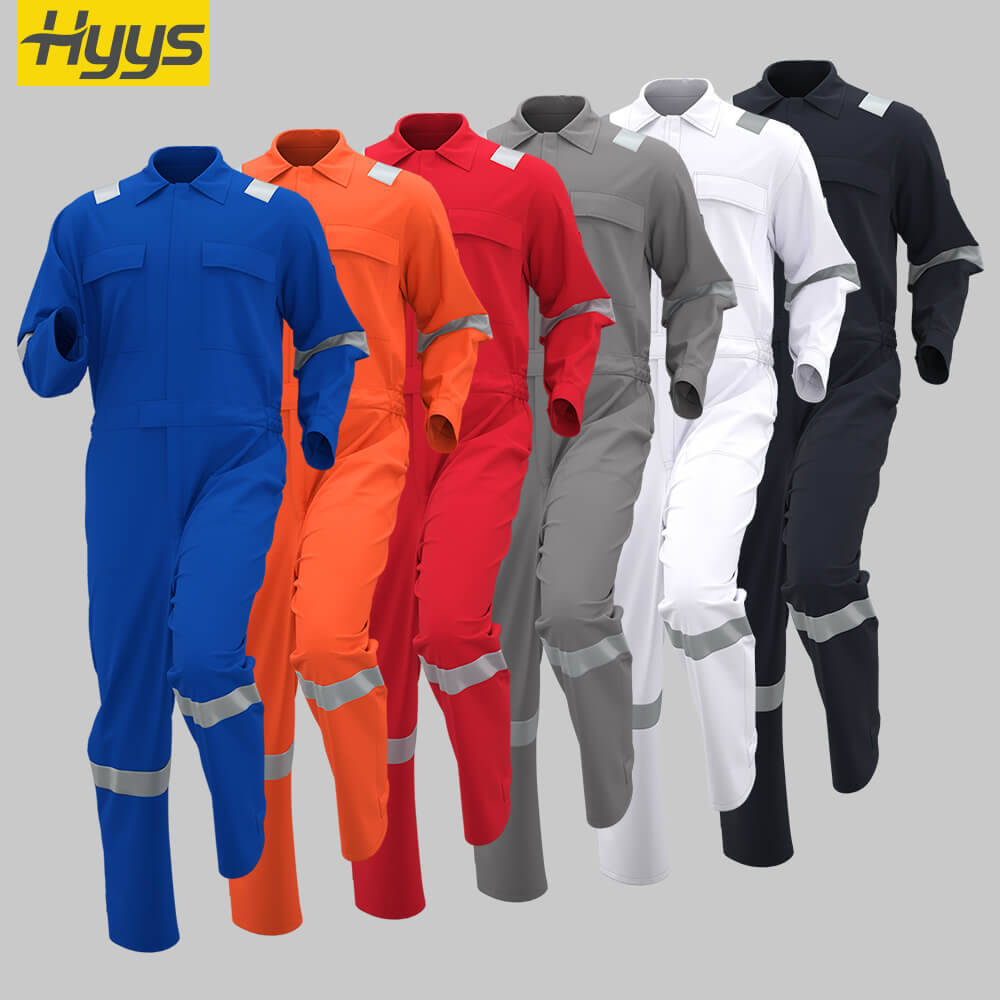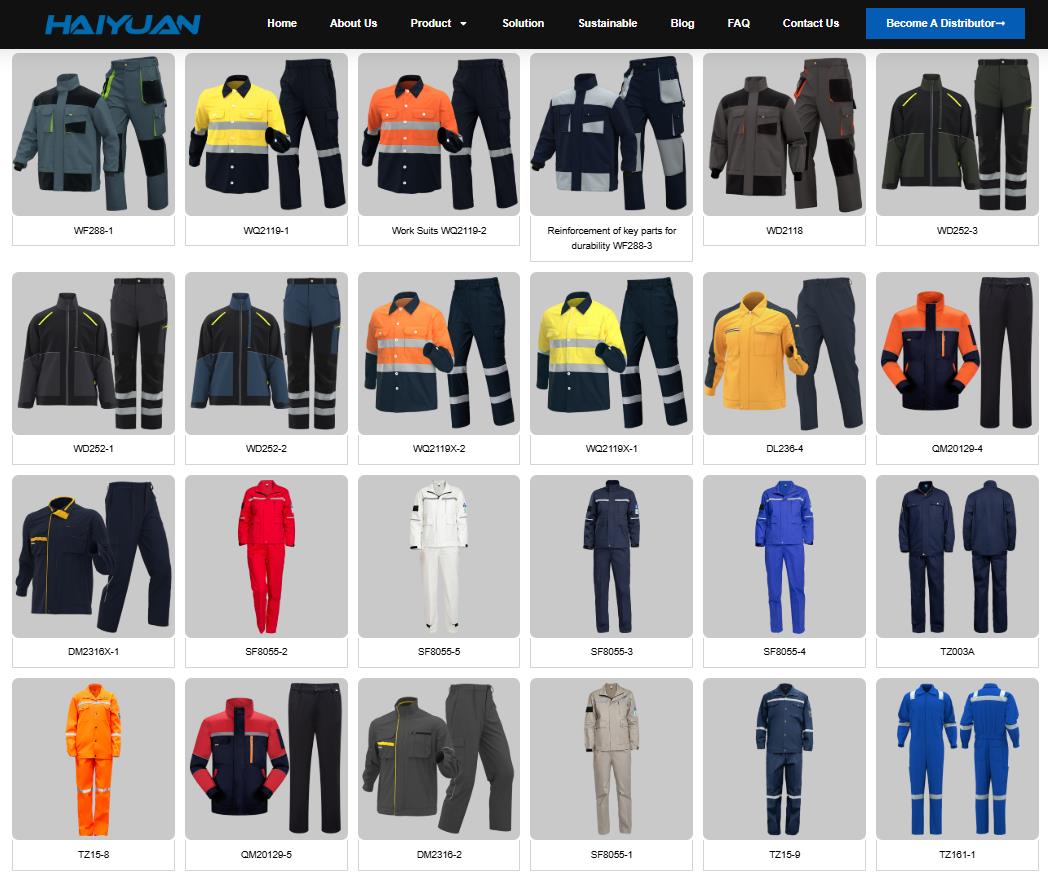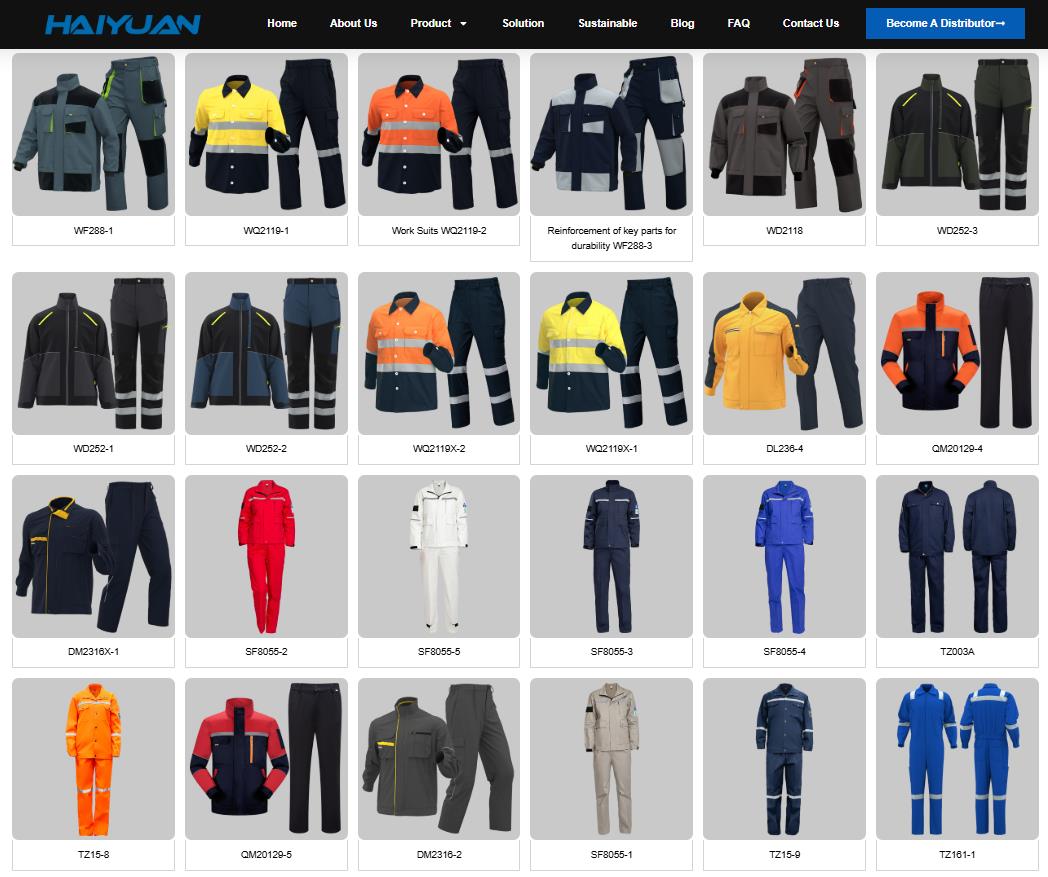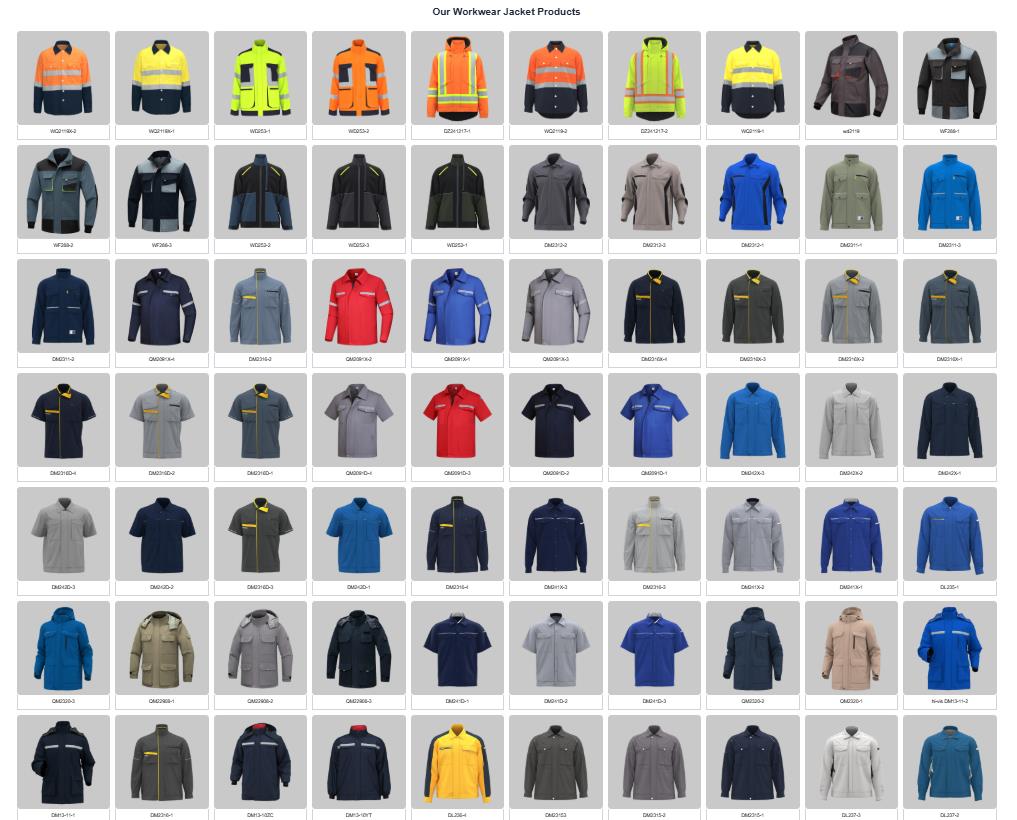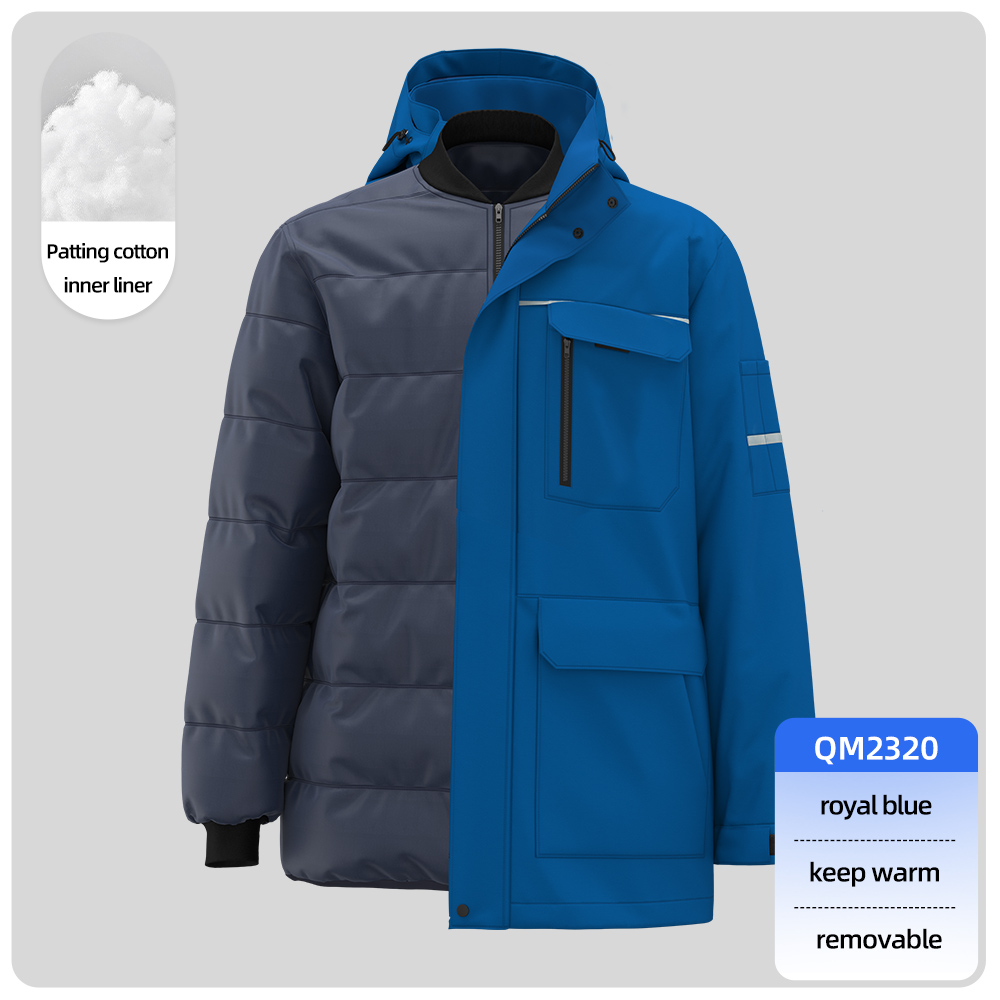Imagine this: huddled under a sweltering piece of equipment, sweat soaking your back and the rough fabric rubbing against your skin; or kneeling on the cold, hard concrete floor while inspecting something, your knees aching; or, in a dimly lit workshop or the noisy outdoors, worried about being conspicuous and posing a safety hazard… An ill-fitting, unwearable, and uncomfortable work uniform is more than just a matter of style—it’s a shackle that binds your hands and feet, a burden that saps your energy, and a silent compromise on your professional image and safety.
The battlefield for maintenance workers is rife with grease, sparks, sharp angles, high and low temperatures, heights, and confined spaces… Every moment of bending, climbing, welding, and lifting puts the uniform to the test. You need more than just a simple “work uniform”; it’s a professional suit of armor that combines wear-resistant protection, flexibility, visibility, and comfort and breathability. Choosing the best maintenance worker uniform is an investment in your safety, efficiency, comfort, and professional dignity. This practical guide will help you cut through the fog and find the equipment you can truly trust.
Here’s a practical, safety-focused guide to selecting the best work clothes for maintenance professionals across industries like HVAC, plumbing, electrical, and facilities management:
I. Core Hazards Maintenance Workers Face
-
Physical Risks: Abrasions, cuts, burns (chemical/thermal), impact injuries.
-
Environmental Exposure: Oil/grease, solvents, dust, extreme temperatures.
-
Mobility Needs: Crawling, climbing, bending, overhead work.
-
Visibility: Low-light machinery rooms, outdoor repairs.
II. Essential Workwear Features & Recommendations
A. Fabrics & Materials
| Material | Best For | Top Picks |
|---|---|---|
| Ripstop Cotton | General repairs, breathability | Dickies Dynamix, Haiyuan hyys |
| FR Cotton Blend | Electrical, welding sparks | Haiyuan FR Coveralls, Bulwark FR Shirts |
| Synthetic Blends (Nylon/Polyester) | Oil resistance, quick-dry | Wrangler Riggs Workwear, Helly Hansen Tech |
| Insulated Fleece | Cold storage/outdoor work | RefrigiWear Quilted Jackets, Carhartt Sherpa |
B. Key Garment Types
-
Pants:
-
Shirts/Jackets:
-
2-way stretch panels under arms/back (e.g., Duluth Trading Fire Hose Shirts).
-
ANSI Class 2 or 3 reflective trim (e.g., Portwest Viper High-Vis Shirts).
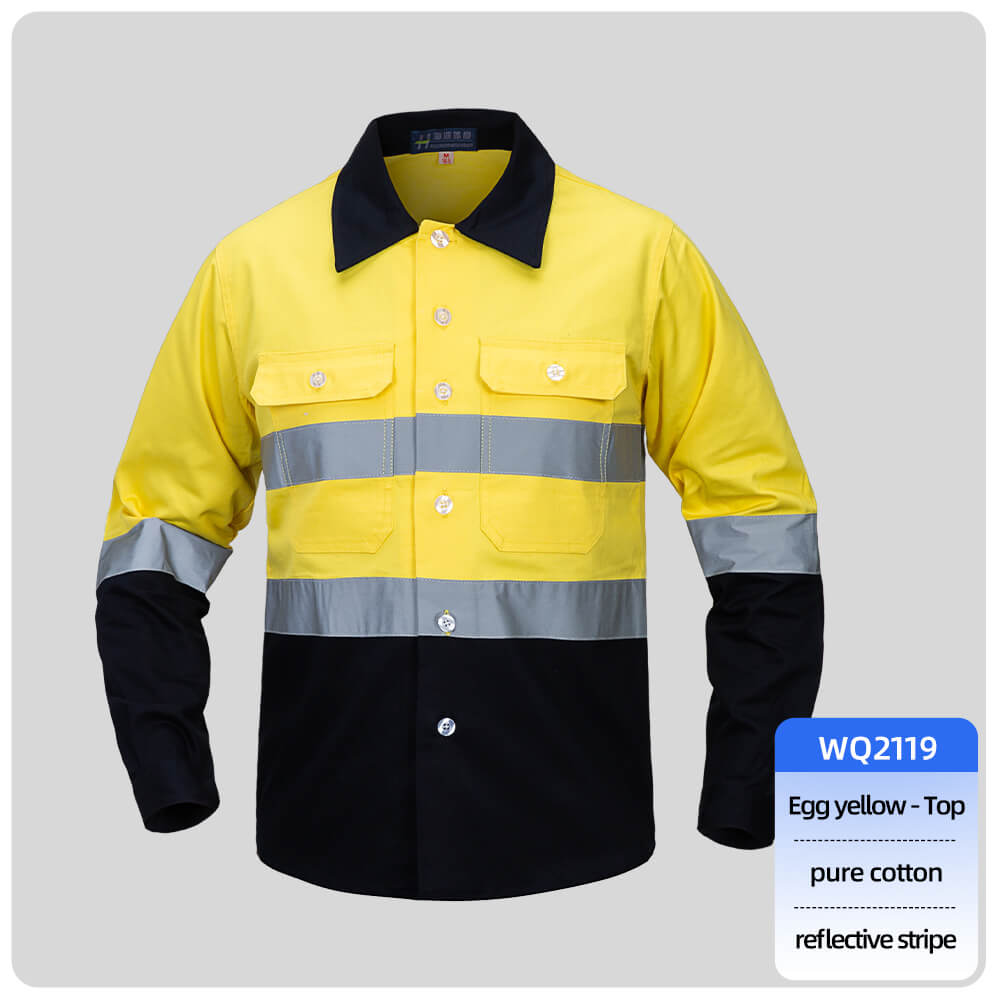
wq2119-cotton-work-clothes-jacket-light-yellow
-
-
Coveralls:
C. Critical Accessories
-
Gloves: Cut-resistant (MaxiFlex Endurance) + chemical-resistant (Ansell HyFlex 11-818).
-
Footwear: EH-rated boots with metatarsal guards (Timberland PRO Boondock).
-
Knee Pads: NoCry Professional Gel Kneepads (strap-free, tool-integrated).
III. Climate-Specific Solutions
| Environment | Clothing Strategy |
|---|---|
| Hot/Humid | Moisture-wicking shirts, vented back panels, UV protection (Haiyuan PFG shirts WQ2119). |
| Cold/Wet | Waterproof insulated jackets, thermal base layers (Carhartt Rain Defender Parka). |
| Indoor/Confined | Slim-fit clothing (prevents snagging), flame-resistant (FR) fabrics. |
IV. Specialized Needs
-
Electrical Work: Arc-rated (AR) clothing (e.g., Henglu FR coveralls).
-
Chemical Handling: Disposable Tyvek suits + chemical-splash aprons.
-
Sanitation Work: PVC-coated aprons + rubber boots (Muck Boot Chore).
V. Top Brands Trusted by Pros
-
Carhartt: Durability + value (Force® line for breathability).
-
Duluth Trading: Innovative features (e.g., Armachillo® cooling tech).
-
Snickers Workwear: Ergonomic European designs.
-
Haiyuan: Budget-friendly high-vis gear,Durability + value.
VI. Maintenance Kit Checklist
-
☑️ 1–2 sets base layers (merino wool/synthetic).
-
☑️ 3–5 pairs work pants with reinforced knees.
-
☑️ ANSI-rated high-vis vest (Class 3 for high-risk zones).
-
☑️ Waterproof insulated jacket.
-
☑️ Rotating gloves (cut/chemical/impact-specific).
VII. Pro Tips for Longevity
-
Wash in cold water; avoid fabric softeners (clogs flame-retardant coatings).
-
Patch tears immediately with iron-on patches (e.g., Tear Mender).
-
Rotate 2+ pairs of boots to dry out moisture between shifts.
Safety First: Always prioritize OSHA/ANSI compliance over style. Replace gear with faded reflectivity or compromised FR properties immediately.
Investing in purpose-built workwear reduces injury risk, boosts productivity, and pays for itself in reduced replacement costs. Equip smart—work smarter! 🔧🛠️

